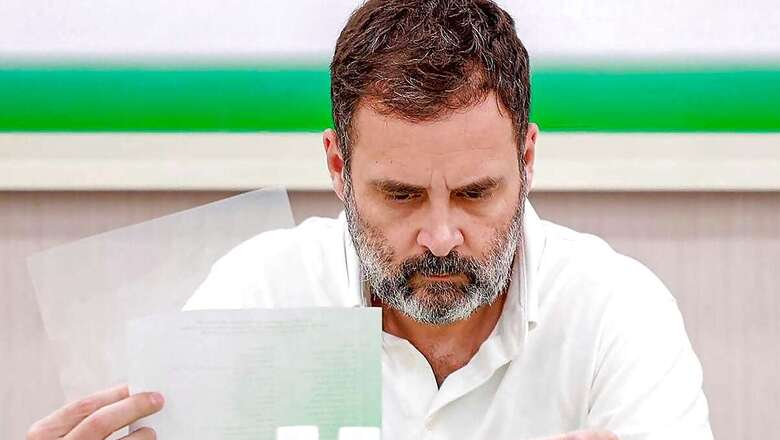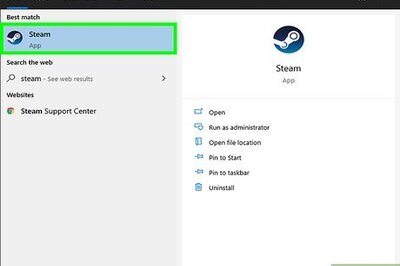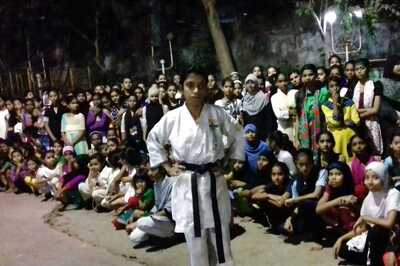
views
The key demand of the farmers in the ‘Delhi Chalo’ protest is a law guaranteeing minimum support price (MSP), but they have also raised concerns regarding the Mahatma Gandhi National Rural Employment Guarantee Act (MGNREGA), and asked for increasing the number of labour days under the scheme.
It essentially means the Centre should now ensure 200 days of guaranteed work instead of the current 100 days. This would eventually double the payout under the scheme to Rs 1.4 lakh crore.
The Congress-led INDIA bloc says increasing wage days under MGREGA is doable and necessary. It takes credit for MGNREGA, which was called NREGA (and now the scheme is named after the father of the nation Mahatma Gandhi) when it was in power.
There is no denying the fact that it was conceived during the UPA rule and Sonia Gandhi-led National Advisory Council (NAC) played a pivotal role back then. But the Central government sources say backing farmers’ demand to double the days is misleading those it seeks to protect — the farmers.
Here are seven hard facts that show Congress’ duplicity.
Fact 1: Members of Sonia Gandhi’s “parallel government” NAC had accused the UPA of undermining NREGA by modifying several provisions of the law. The names of the activists were Jean Dreze and Aruna Roy.
Fact 2: In 2012, the UPA froze minimum wage paid under NREGA at Rs 100. This meant that the payout under NREGA was lower than a minimum wage in the states. In essence, it made an illegal payout legal.
Fact 3: At that time, Additional Solicitor General Indira Jaising had remarked that “anyone paid less than the country’s minimum wages was into forced labour”. This was a prosecutable offence. In other words, the UPA had no qualms about reducing the peasantry to the status of enslaved labour.
Fact 4: The legacy of the UPA’s initial betrayal of farmers has left a long shadow, insist sources. MNREGA wages are now virtually delinked from statutory minimum wages.
Fact 5: In January 2013, UPA’s rural development ministry and National Employment Guarantee Council (NEGC) rejected recommendations that NREGA wages should be indexed on minimum wages for agricultural workers. The wage rate recommended was Rs 125. So, in substance, the UPA was happy to cheat agricultural labour of their due.
Fact 6: Labourers under UPA’s NREGA were paid on the basis of number of pits dug or other measurable parameters. Very often an individual’s work was clubbed with the work done by all workers at the site and payment was done on “average” work done.
Fact 7: The National Employment Guarantee Council set up under NREGA, which was to be a watchdog of the scheme, had no independence and its advice was hardly ever heeded.
Contrast it with Rahul Gandhi animatedly backing the demands of farmers now. In fact, he also promised to put their MSP demand on Congress manifesto, which the UPA government categorically rubbished on the floor of the House in 2010 when BJP leader Prakash Javadekar asked a question.



















Comments
0 comment